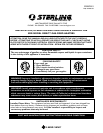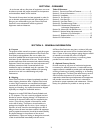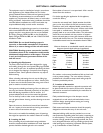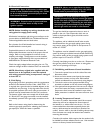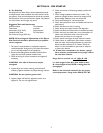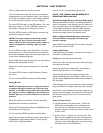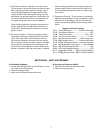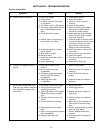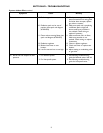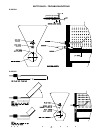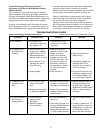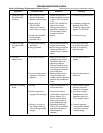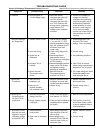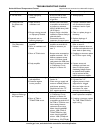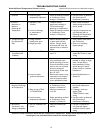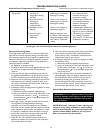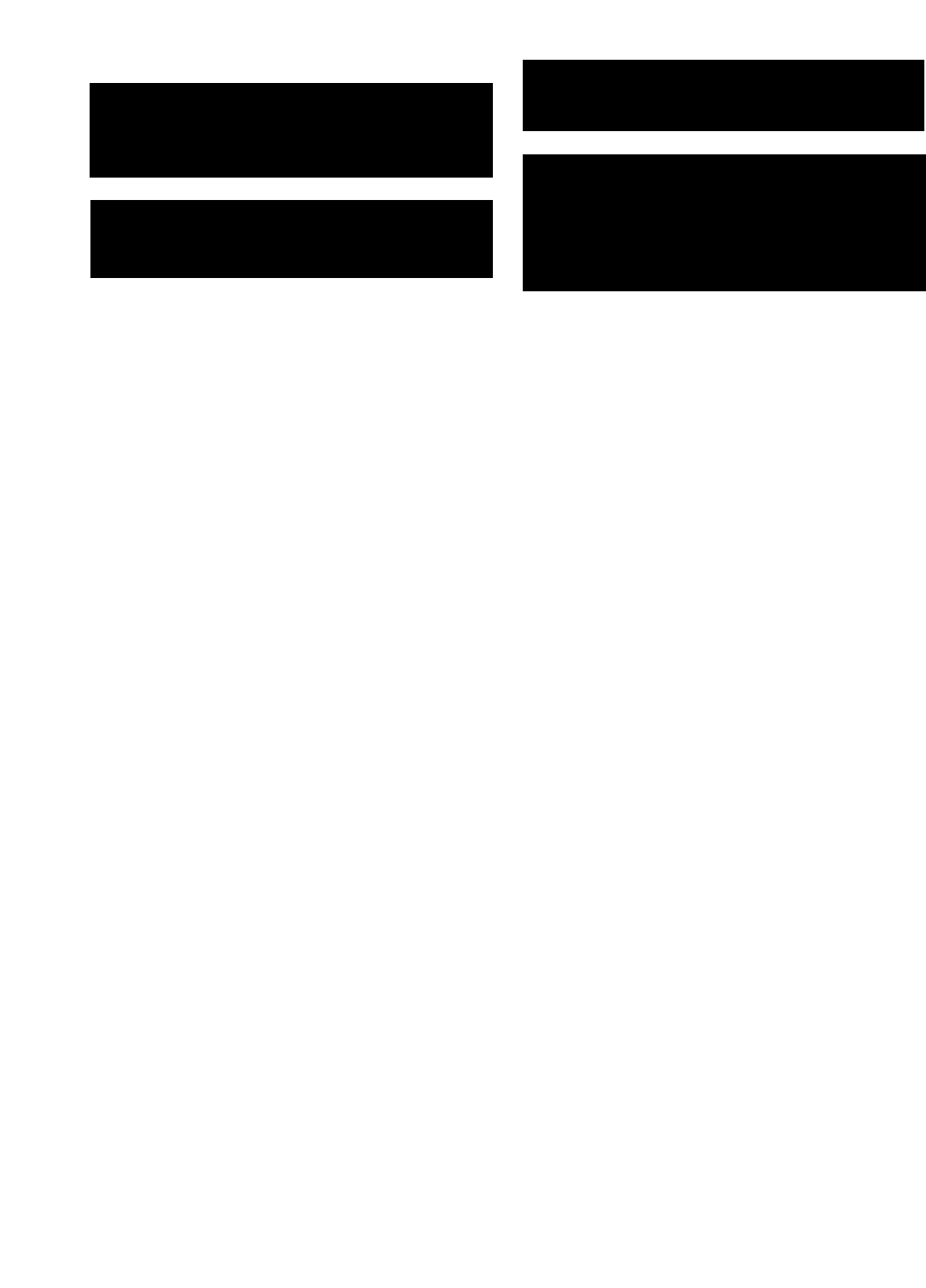
4
D. Electrical Connections
NOTE: Before installing any wiring, check the unit
rating plate for supply power rating.
All electrical connections and wiring must conform to the
current edition of:ANSI/NFPA No. 70 National Electrical
Code and applicable state and local codes.
Entry location for all field-installed and control wiring is
located beside the control panel.
If optional disconnect is not furnished with heater, the
field provided disconnect must be of the proper size and
voltage. Refer to unit nameplate for minimum circuit
ampacity and voltage. The disconnect must be installed
in accordance with Article 430 of the current edition of
ANSI/NFPA No. 70 National Electrical Code.
Check the supply voltage before energizing the unit. The
maximum voltage variation unbalance must not exceed 2%.
NOTE: Should any original wire supplied with the
heater have to be replaced, it must be replaced
with wiring material having a temperature rating of
at least 105° C.
E. Field Piping
All gas piping must be in accordance with the requirements
outlined in the National Fuel Gas Code - ANSI Z223.1. It
is required that a ground union be installed adjacent to the
manifold for easy servicing. A drip leg and/or filter should
be provided upstream of the unit’s inlet gas connection. A
shut-off must be located external of the unit’s enclosure.
The location of this valve must comply with all local codes.
A 1/8 inch N.P.T. test gauge connection must be installed
immediately upstream of the gas supply connection to the
unit.
Refer to the heaters rating plate for determining the
minimum gas supply pressure for obtaining the maximum
gas capacity for which this heater is specified.
The gas line should be supported so that no strain is
placed on the unit. Pipe compounds, which are not
soluble to liquid petroleum gases, should be used on
threaded joints.
The appliance and its individual shutoff valve must be
disconnected from the gas supply piping system during
any pressure testing of that system at test pressures in
excess of 1/2 PSIG.
The appliance must be isolated from the gas supply piping
system by closing its individual manual shutoff valve during
any pressure testing of the gas supply piping system at test
pressure equal to or less than 1/2 PSIG.
Correctly sized piping must be run to the unit. Please note
that gas line pressure must be as shown on rating plate
when unit is operating at full input.
F. Field Wiring and Remote Control Installation
1. Connect the power lines to the line side of the main
disconnect switch.
2. Mount and wire remote control panel, thermostats,
temperature sensors, and any other field installed
controls as indicated on the unit control wiring diagram.
3. Connect the wires to the appropriate field wiring
terminals as indicated on the unit control wiring diagram.
4. If the optional low-temperature limit was not an integral
part of the heater, the factory recommends that a low-
temperature limit control be installed in areas where
freeze protection is needed in the event of burner shut-
down.
G. Locating Temperature Controls
The room or outdoor thermostats should be mounted
where they will not be subjected to direct impact of
the heated air or radiant heat from the sun. It is also
recommended that thermostats, especially those with
mercury bulb contacts, be mounted on a vibration free
surface. Interior walls or the side of building columns away
from the heater are usually the location best suited for
mounting thermostats.
Controls with outdoor bulbs require that the outdoor bulb
be shielded from direct radiation from the sun. Unit mounted
sensors are factory located and mounted.
WARNING: Controls must be protected from
water. Do not allow water to drip on the
ignition system.
WARNING: Open all disconnect switches and
secure in that position before wiring unit. Failure
to do so may result in personal injury or death
from electrical shock.
WARNING: To avoid equipment damage or
possible personal injury, do not connect gas piping
to this unit until a supply line pressure/leak test
has been completed. Connecting the unit before
completing the pressure/leak test may damage
the unit gas valve and result in a fire hazard.
DANGER: Never use an open flame to detect
gas leaks. Explosive conditions may exist which
would result in personal injury or death.



